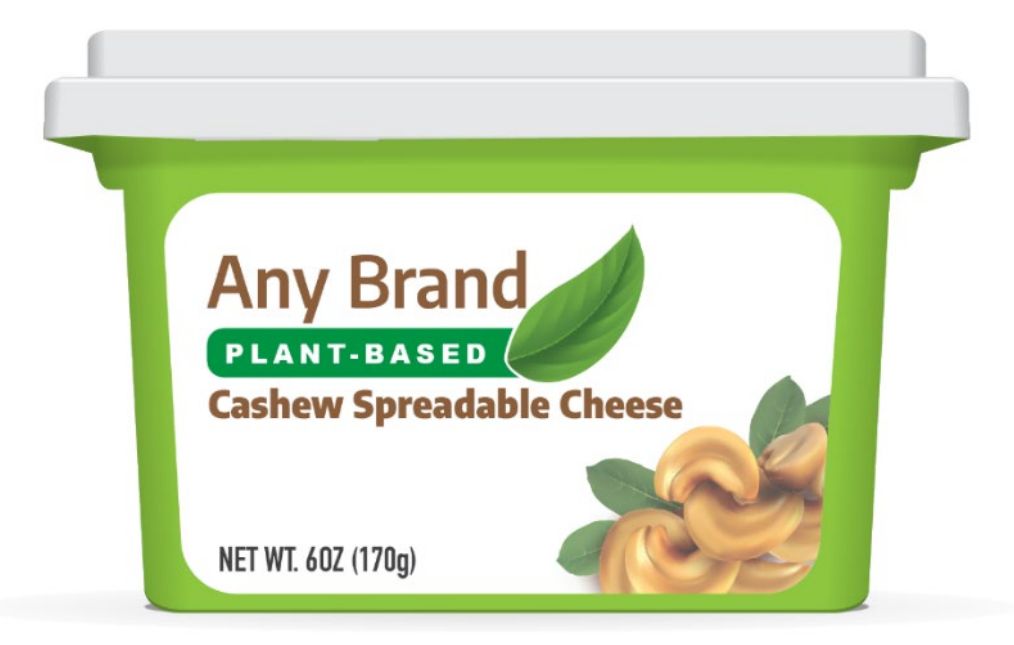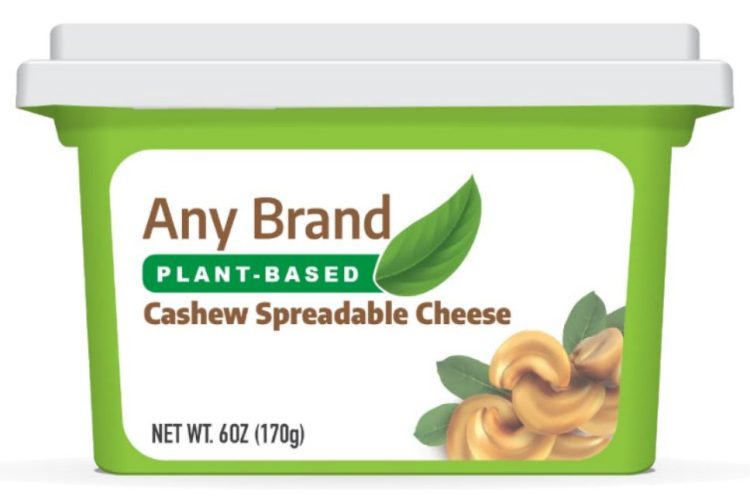FDA release draft guidance to clarify labelling for plant-based foods

FDA’s new guidance aims to improve plant-based food labelling, ensuring clarity and transparency for consumers choosing animal product alternatives.


An example of how a food could be identified with the plant source(s) under FDA’s draft guidance for plant-based alternatives to animal-derived foods. Credit: FDA
The US Food and Drug Administration (FDA) has unveiled a draft guidance designed to bring clarity to the naming and labelling of plant-based alternatives to eggs, seafood, poultry, meat, and dairy (excluding plant-based milk). Released on 7 January, the guidance aims to ensure consumers are equipped with clear and accurate information to make informed dietary choices.
As consumer interest in plant-based foods continues to soar, the FDA has stepped in to address labelling practices for these increasingly popular products. According to the FDA, retail sales of plant-based foods in the US have surged from $5.5 billion in 2019 to $8.1 billion in 2023. Research conducted by the Plant-Based Foods Association (PBFA) reveals that 70 percent of the US population consumes plant-based foods, highlighting a significant shift in dietary habits.
The motivations behind this trend are as diverse as the products themselves. Consumers are drawn to plant-based alternatives for reasons ranging from dietary preferences and food allergies to environmental sustainability, religious practices, and taste. Despite this, the varied composition and branding of these products have sometimes left shoppers puzzled about their exact nature and usage.
Recommendations for clearer labelling
The FDA’s draft guidance offers detailed recommendations for manufacturers, focusing on transparency and truthfulness in labelling. It emphasises the importance of clear naming conventions, especially when a common or usual name for a product is lacking.
For instance, manufacturers are encouraged to indicate the primary plant source in the product name—examples include “soy-based cheddar cheese” or “black bean mushroom veggie patties.” This approach not only helps consumers understand the product’s composition but also enables them to differentiate between similar offerings, such as soy-based versus almond-based alternatives.
“Omitting a descriptor of the legume, nut, grain, seed, or other plant source in the name of the food may be confusing to consumers, as the product would not be readily distinguishable from other types of similar plant-based alternatives,” the document states.
The draft also permits references to traditional animal-derived food names, such as “cheese” or “sausage,” provided the labelling clearly indicates that the product is plant-based and does not mislead consumers into thinking it contains animal ingredients.
By aligning labelling practices with these guidelines, the FDA aims to empower consumers to make more informed decisions at the point of purchase. The draft also highlights the importance of manufacturers disclosing all plant sources in the ingredient list to avoid confusion and ensure transparency.
Stakeholders and members of the public are invited to provide feedback on the draft guidance until 7 May 2025. Comments can be submitted electronically at www.regulations.gov (using docket number FDA-2022-D-1102) or in writing. The FDA will consider this input before finalising the guidance.
What this means for industry
While the guidance is non-binding, it outlines the FDA’s “current thinking on the topic” and sets expectations for truthful and accurate labelling. Manufacturers can adopt these best practices to ensure compliance with the Federal Food, Drug, and Cosmetic Act, which the FDA will evaluate on a case-by-case basis.
As the plant-based food market continues to expand, the FDA’s guidance serves as a timely effort to promote transparency, protect consumers, and support a burgeoning industry. Whether you are a producer navigating these changes or a consumer exploring plant-based options, this initiative marks a significant step toward clearer communication and more confident choices in the food landscape.
Source: newfoodmagazine.com

